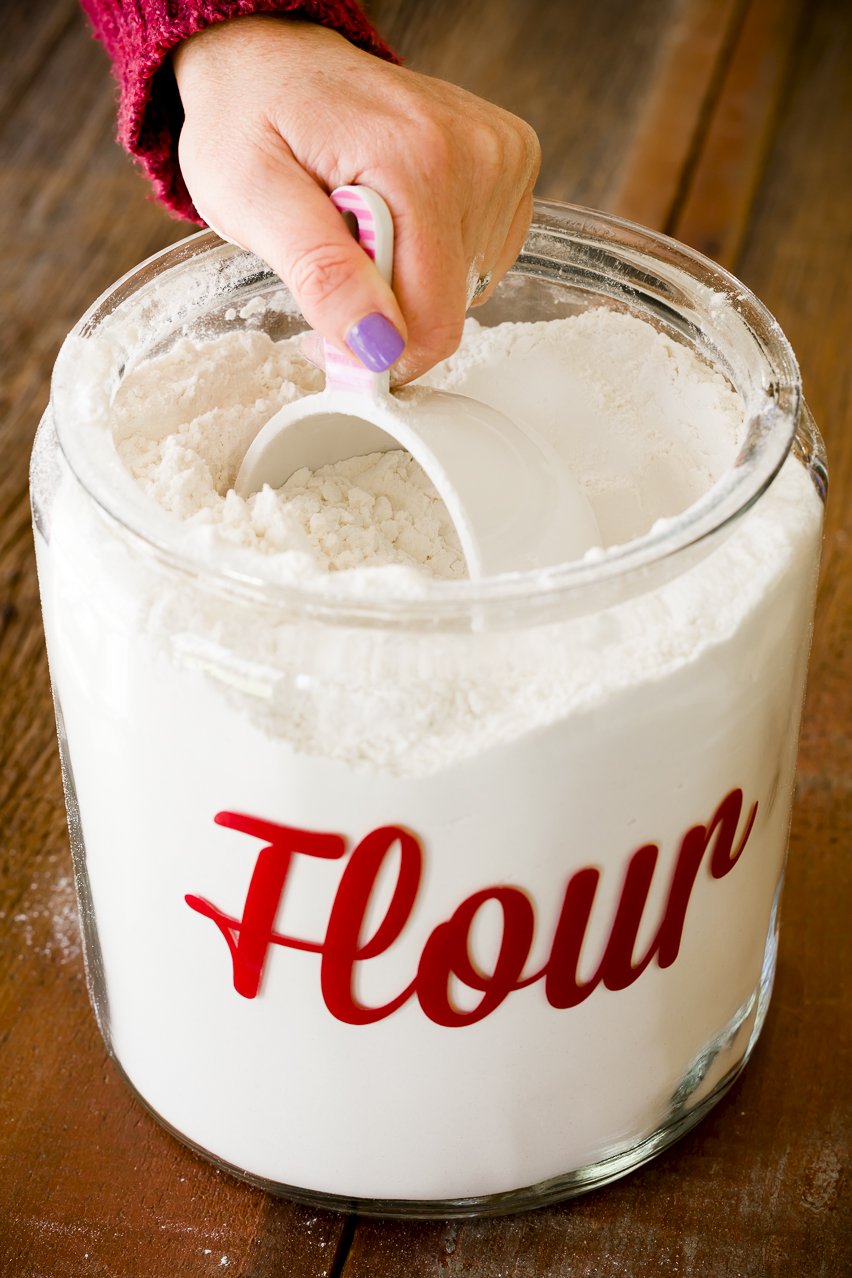
Furthermore, it has a high concentration of manganese. It is not uncommon to use almond flour and ground almonds interchangeably.Īs a result of its antioxidant properties, almond flour reduces the risk of cancer, diabetes, stroke, and heart disease, as well as other serious health conditions. Here are some pointers to keep in mind: One cup slivered almonds equals about one cup almond flour.Īlmond flour contains less fiber and flavonoids than wheat flour because the skins are removed before ground almonds are prepared, but it is still considered a healthy baking alternative. You can make your own almond flour at home by combining blanched almonds with your food processor or blender and then grinding them until they are finely ground. The average cup of almonds weighs approximately 5.2 ounces (147 grams). Is it really possible to make 1 cup of almond flour for every cup of regular flour? 1 cup blanched almonds yields 1 1/4 cup almond flour, which is the same amount as one cup blanched almonds. After packaging, place the jars or containers in a cool place and store them for up to one month. When almonds are finely ground, add them to a blender and blend until a fine, powdery flour is achieved. This flour is ideal for making cookies, cakes, and other sweet treats. Homemade almond flour, on the other hand, tastes fresh and is usually more reasonably priced than store-bought almond flour. Making almond flour at home requires only one ingredient, one blender, and five minutes. Raw (unpeeled) almonds are used to make the almond meal, while blanched almonds are used to make the almond flour. If you want to make a denser flour, you will need less almonds.įlour with traditional gluten content, such as flour, is an excellent substitute for almond meal and almond flour. If you want to make a light and airy flour, you will need more almonds. It all depends on the type of flour you want to make. To make a denser flour, you can simply grind the almonds until they are coarse. This can be done in a food processor or a high-powered blender. To make a light and airy almond flour, you will need to grind the almonds into a powder. So, if you want to make 2 cups of almond flour, you will need 2 cups of almonds.

Generally speaking, you will need 1 cup of almonds for every 1 cup of almond flour. For example, if you want to make a light and airy almond flour, you will need more almonds than if you want to make a denser flour. So, how many almonds do you need to make almond flour? Well, the answer depends on the type of flour you want to make. It is a gluten-free alternative to wheat flour and can be used in a variety of recipes. Sugar, granulated: 1 tablespoon = 12.Almond flour is a type of flour made from almonds. Walnuts, shelled, halves: 1 cup = 100 gramsīaking powder ( levure chimique or alsacienne): 1 standard French sachet = 11 grams = 1 tablespoon Macadamia nuts, shelled, whole: 1 cup = 125 grams Hazelnuts, shelled, whole: 1 cup = 120 grams ground almonds): 1 cup = 100 gramsĬashews, shelled, whole: 1 cup = 130 gramsĬhestnuts, shelled, cooked: 1 cup = 130 grams Parmesan cheese, grated: 1 cup = 110 gramsĪlmonds, shelled, whole, blanched: 1 cup = 125 gramsĪlmond meal (a.k.a. Gruyère cheese, grated: 1 cup = 100 grams Note: Since the volume measurement of an ingredient depends on how you pack the measuring cup/spoon and on the ingredient itself (how it is cut, its density, its water content), the volume-to-weight conversions are not absolute: they are simply a reflection of my own experience.īutter: 1/2 cup = 1 stick = 4 ounces = 113 grams

American and sometimes Canadian recipes use the American pint of 16 fluid ounces.ġ pound = 0.454 kg METRIC TO U.S.

/butter-measurements-in-Australia-256217_v4-5c112f69c9e77c000132bf41.jpg)
In British, Australian and sometimes Canadian recipes, the “imperial pint” is used which is 20 fluid ounces. In most Canadian recipes, the tablespoon is 15 ml., while the American tablespoon is 14.2 ml. The Australian tablespoon is 20 ml the British tablespoon is 17.7 ml. Liquid (Fluid or Volume) Measurements (approximate):


 0 kommentar(er)
0 kommentar(er)
